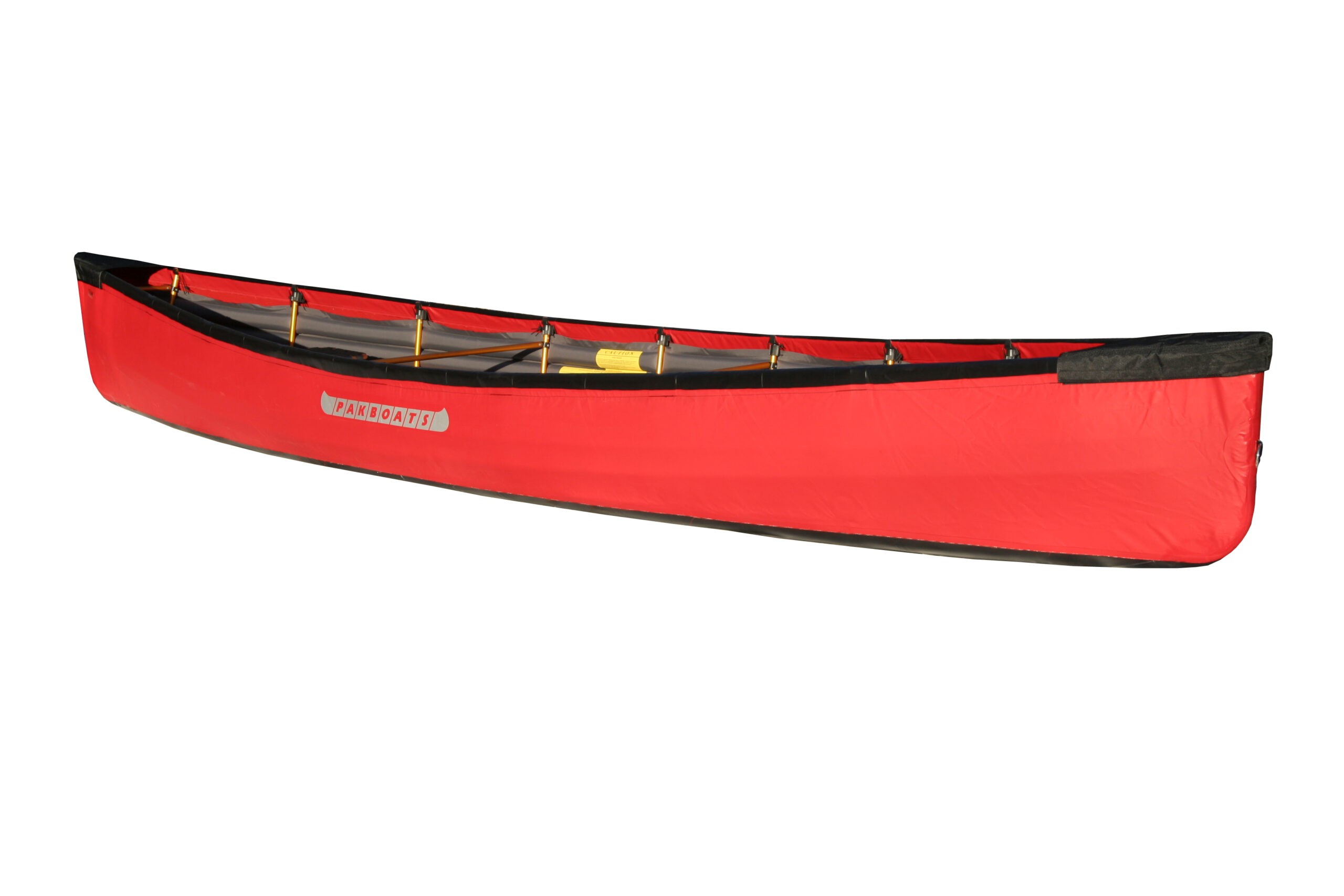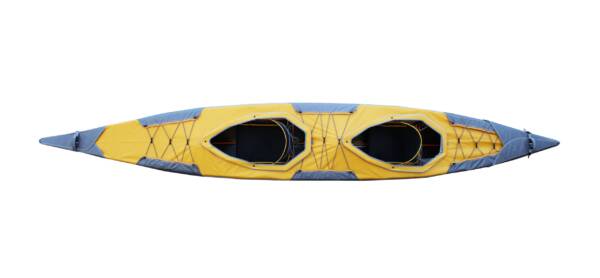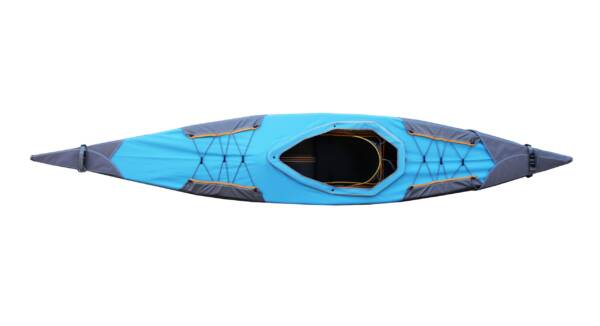Description
PakCanoe 150T is identical to the 150 with the exception of 5 cross ribs that add 3″ of beam. The 150T is a stable canoe for family use, fishing, and up to a week of backcountry camping. Like the 150, the 150T is excellent on whitewater.
- Beam: 35″ / 89 cm
- Depth: 13″ / 33 cm
- Weight: 48 lbs / 21.8 kg
- Length: 15’ / 460 cm
- Capacity: 650 lbs / 295 kg
- Packed Bag Size: 35″ x 18″ x 14″
The first PakCanoes were made in 1995. Since then, they have been continuously refined into the rugged wilderness craft they are today. PakCanoes draw on over 30 years of experience with folding canoes in demanding wilderness settings. In designing the PakCanoe our goal was to make a canoe that would be superior in safety, performance, convenience, and aesthetics. We think you will agree that we have been successful. The basic design of PakCanoes remains virtually unchanged since we made the first ones in 1995, but many details have been improved to adapt PakCanoes to demanding wilderness expeditions. Not all PakCanoes go on expeditions, but all PakCanoe models are sometimes used that way, so we build all PakCanoes to expedition specifications. Our customers like to know that their canoes are built to take adventures – and occasional misadventures – in stride for years to come.
PakCanoe hulls are formed by a reinforced PVC skin held under tension by an interlocking framework of tubular aluminum. Seat positions adjust to trim the canoe. Because of their skin-on-frame construction, PakCanoes flex and work with the waves in a way that hardshell canoes can’t. The bow will rise and climb over waves instead of crashing into them and taking on water. This lets PakCanoes run much drier than traditional canoes in storms and whitewater. The canoe will absorb severe impact and usually slide over or by rocks with no damage where fiberglass, kevlar, or aluminum canoes crack or get hung up. In this respect, the PakCanoe behaves much like ABS boats weighing 20 – 30 lbs more.
Because of their skin-on-frame construction, PakCanoes flex and work with the waves in a way that hardshell canoes can’t. The bow will rise and climb over waves instead of crashing into them and taking on water. This lets PakCanoes run much drier than traditional canoes in storms and whitewater.
Disassembled the PakCanoe stores in a 35″x 18″x 14″ bag, small enough to fit in even the smallest car or closet.
Important Features for Expeditions
PakCanoes can often be found on the most remote rivers in northern Canada or Alaska, and it is gratifying that so many expedition paddlers trust their PakCanoes. On a remote river you simply can’t afford to have your equipment fail.
Reinforcements. Expedition craft must stand up to wear and tear, and we reinforce all abrasion areas where the skin rests against the frame. There are five heavy “keel Strips” under the bottom and thinner reinforcement strips to cover the gunwales. Additional protection against abrasion is provided by a closed cell foam pad covering the bottom between the skin and the aluminum frame to keep the skin from direct contact with the frame (this is incredibly effective).
Cross Ribs are connected to the gunwales by lockable clips to make a solid connection even when you grab the gunwale to lift the canoe.
PakCanoe Sides are protected by inflatable tubes on the inside pushing the fabric away from the aluminum frame and forming a built-in fender.
D-rings are factory installed at both ends, half way up the stem to provide a low attachment point for ropes.
Important for Family Use
Inflatable Tubes in the sides place flotation where it needs to be for improved stability and safety. The PakCanoe is easier to assemble because the inflatable tubes provide skin tension after the canoe has been assembled.
Aluminum Parts are anodized to provide superior corrosion resistance even when the PakCanoe is used in salt water – and you will not get black hands by handling anodized aluminum.








